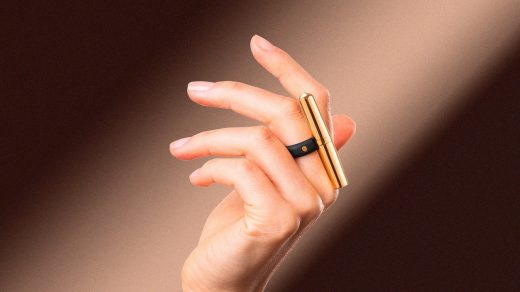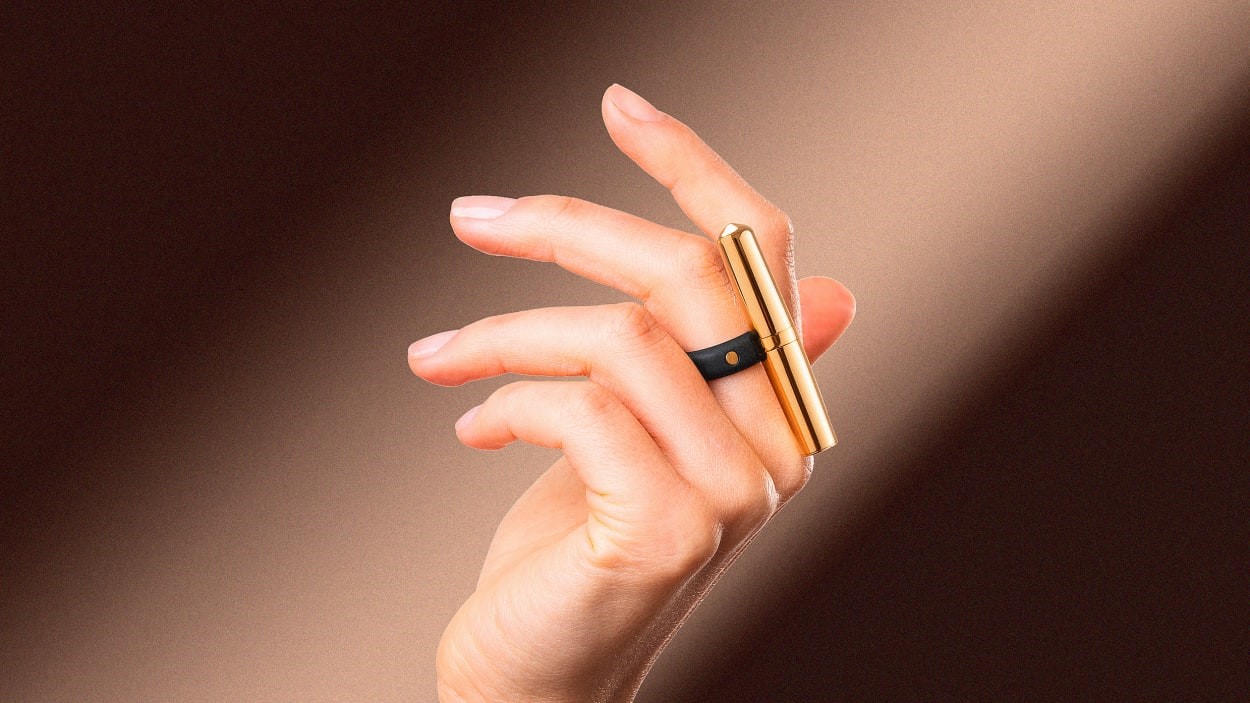This $280 gold-plated ring is actually a vibrator—and an engineering marvel
The history of vibrators has been long and buzzing. From hand-cranked models of the Victorian era to the now-iconic Rabbit of the 1980s, sex toys have offered a fascinating window into the way society embraces or stigmatizes sexual well-being. Yet in a world of relentless innovation, the market remains saturated with phallic designs or cutesy shapes wrapped in gaudy shades of silicone.
Ten years ago, however, something changed. In 2013, industrial designer Ti Chang and her company, Crave, pioneered a new category of vibrators called pleasure jewelry. The inaugural product, Vesper, was a tiny yet powerful bullet vibe designed to be worn as a pendant. Today, Chang is launching another product she started developing even before Vesper. It’s called Tease. It is an even tinier (but equally powerful) bullet vibe that can be worn as a ring, and it took more than 10 years of design headaches and manufacturing troubles to bring to fruition.
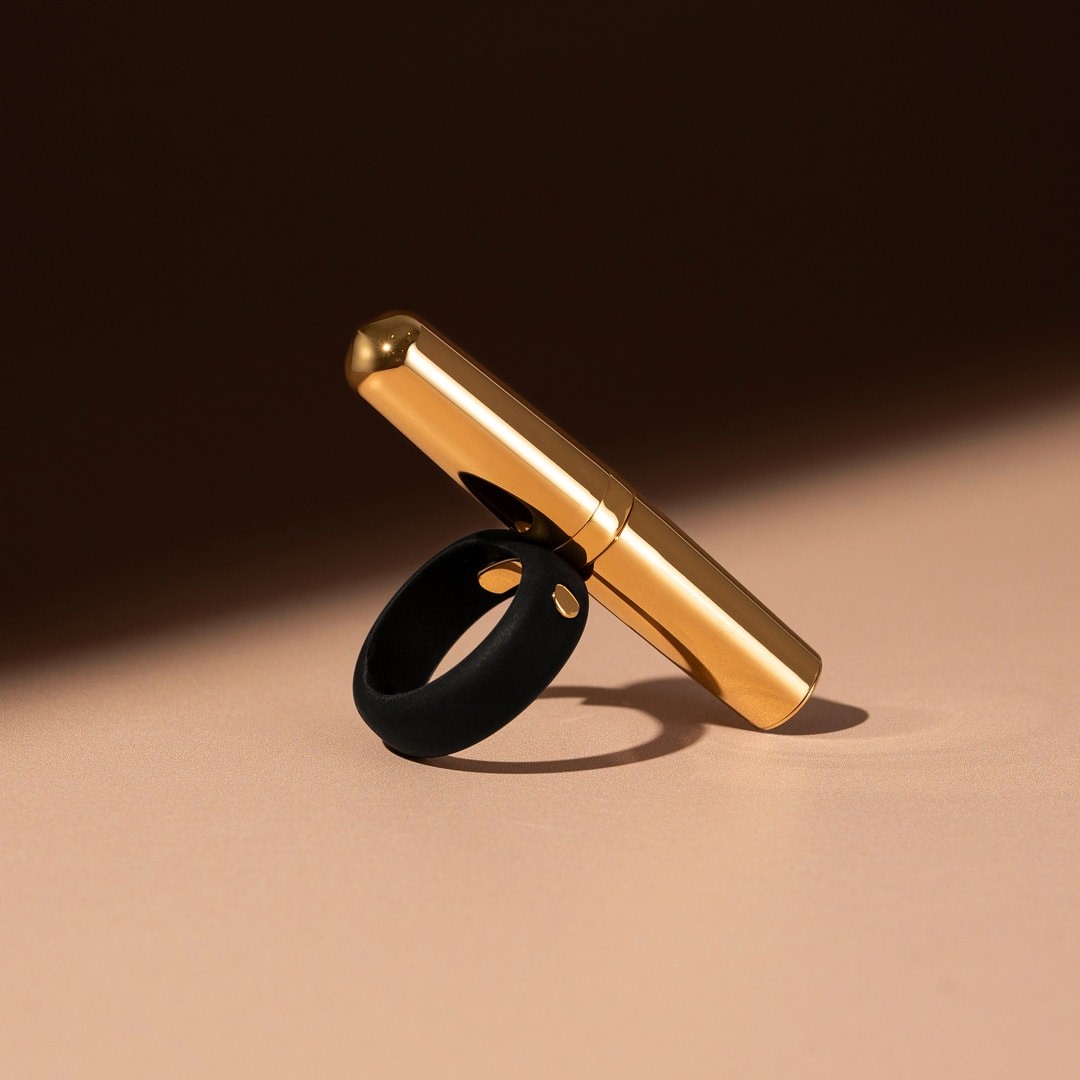
The Tease ring consists of a black silicone band (available in 11 sizes) and a swanky bullet vibrator (battery life: 30 minutes) that is made from surgical stainless steal and sheathed in 24k gold or silver. The ring costs $279 or $196 depending on the finish. The band and the vibrator are connected by a metal bridge that slots into the middle of the bullet and locks into three tiny perforations of the silicone band. You can wear Tease as a statement ring, or you can twist it inward, slide the vibrator further down your finger, and, well, have fun with it.
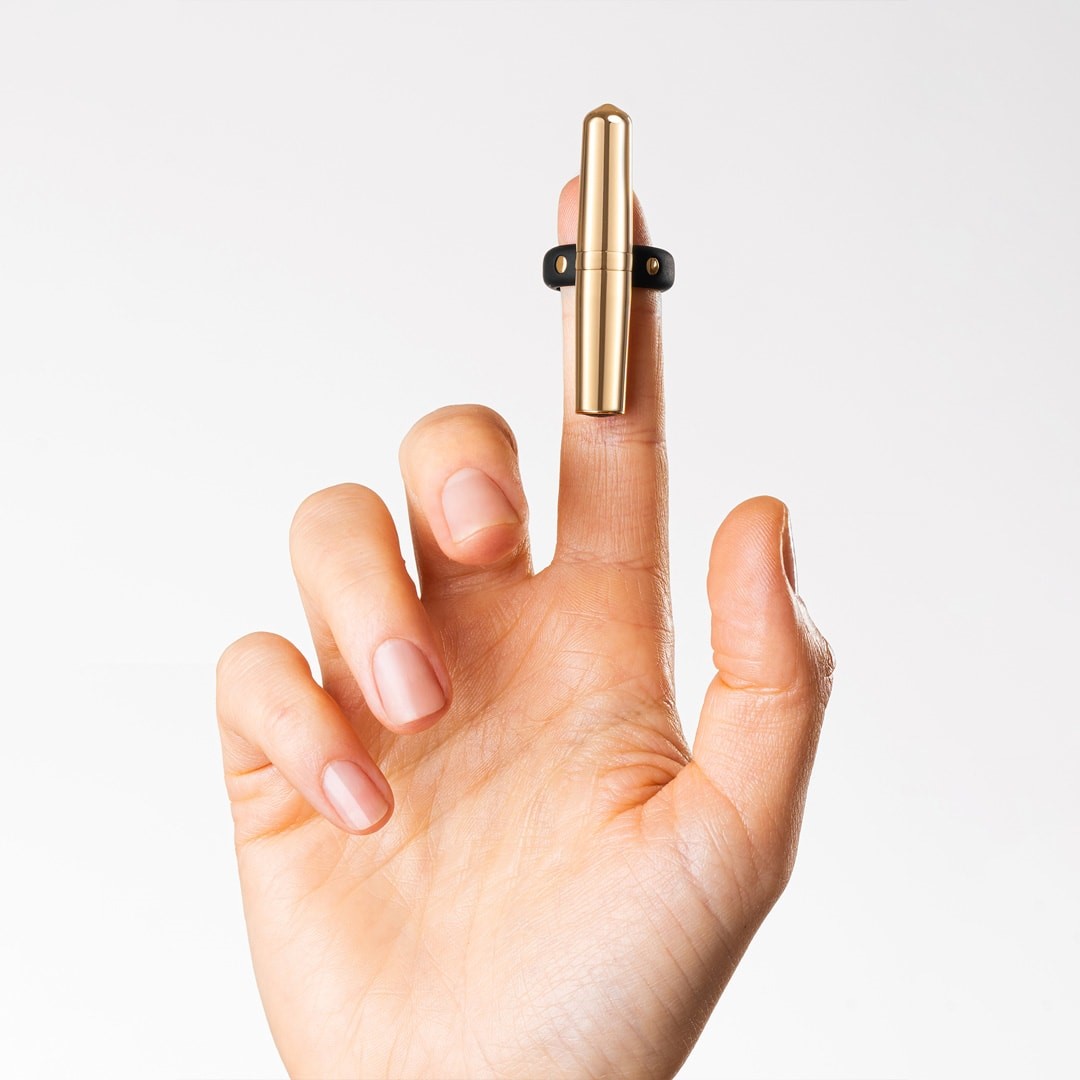
Chang sent me a sample to test out at home. I’ll save the full review for a different audience, but I have found that the more I wear the ring, the more conversations I have about a topic that I’ve come to realize has been pretty taboo in my family. In a lot of ways, it is helping me normalize a subject that society has shrouded in stigma for centuries.
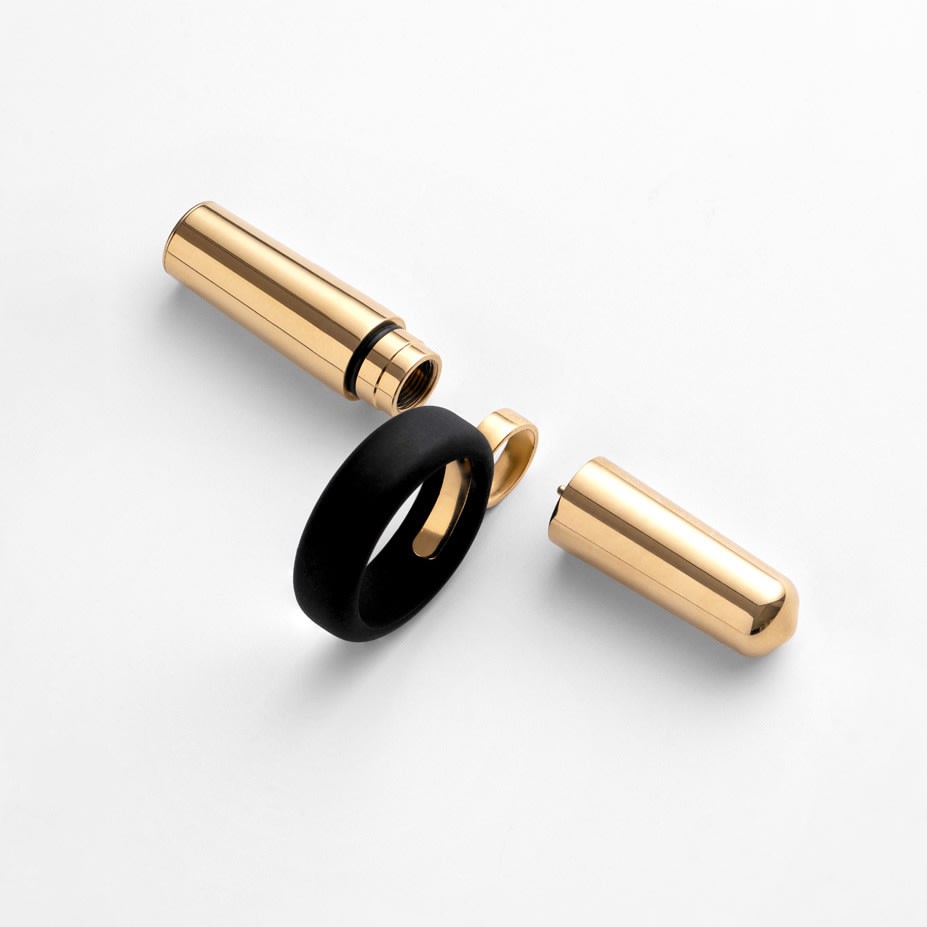
This kind of acceptance and self-empowerment is exactly why Chang created Crave in the first place. “One of the biggest challenges we have is that a lot of the conversations are not happening because people feel embarrassed and ashamed to talk about these things,” she told me. “So, if you bring something that’s beautiful, they feel beautiful, they feel respected, and I’ve always believed that beautiful things can really help us to overcome the awkwardness.”
The predicament lies in the fact that empowering sex toys—or “pleasure products” as Chang prefers to call them—were pretty scarce in the early 2010s. That era was instead dominated by tech companies spitting out bro-ey gadgets like the Nike FuelBand, the Fitbit Flex, or the Pebble Smartwatch. And then there was Chang, who rose above the chatter with a shocking object—a vibrator on a necklace!—that was made by women and for women.
Today, shifting societal attitudes and an increased focus on sexual wellness have made the existence of such an object—whether it comes dangling on your neck or wrapped around your finger—a lot less outré. “I think the biggest change I’ve seen in the past 15 years is that sexual wellness and self-pleasure is no longer viewed as a shameful or immoral act,” says Chang. “We have made huge progress in decoupling it from outdated societal values and religious old wives’ tales, and we now really look at it from a lens of this comprehensive approach to personal wellness.”
The numbers speak for themselves: The global sex toy market was worth $40.6 billion in 2023 and is projected to nearly double by 2030. Over the past decade or so, a flurry of ever-more inclusive sex tech and sex wellness companies have captured consumers, including Enby, which was founded by three Black and trans folks, and Cute Little Fuckers, a queer-owned company that makes gender-inclusive sex toys.
Chang is far from the sole contributor to the sex positivity movement, but with Tease, she has certainly pushed the envelope of what is possible within the narrow confines of an 8.5 millimeters-wide, stainless-steel casing.
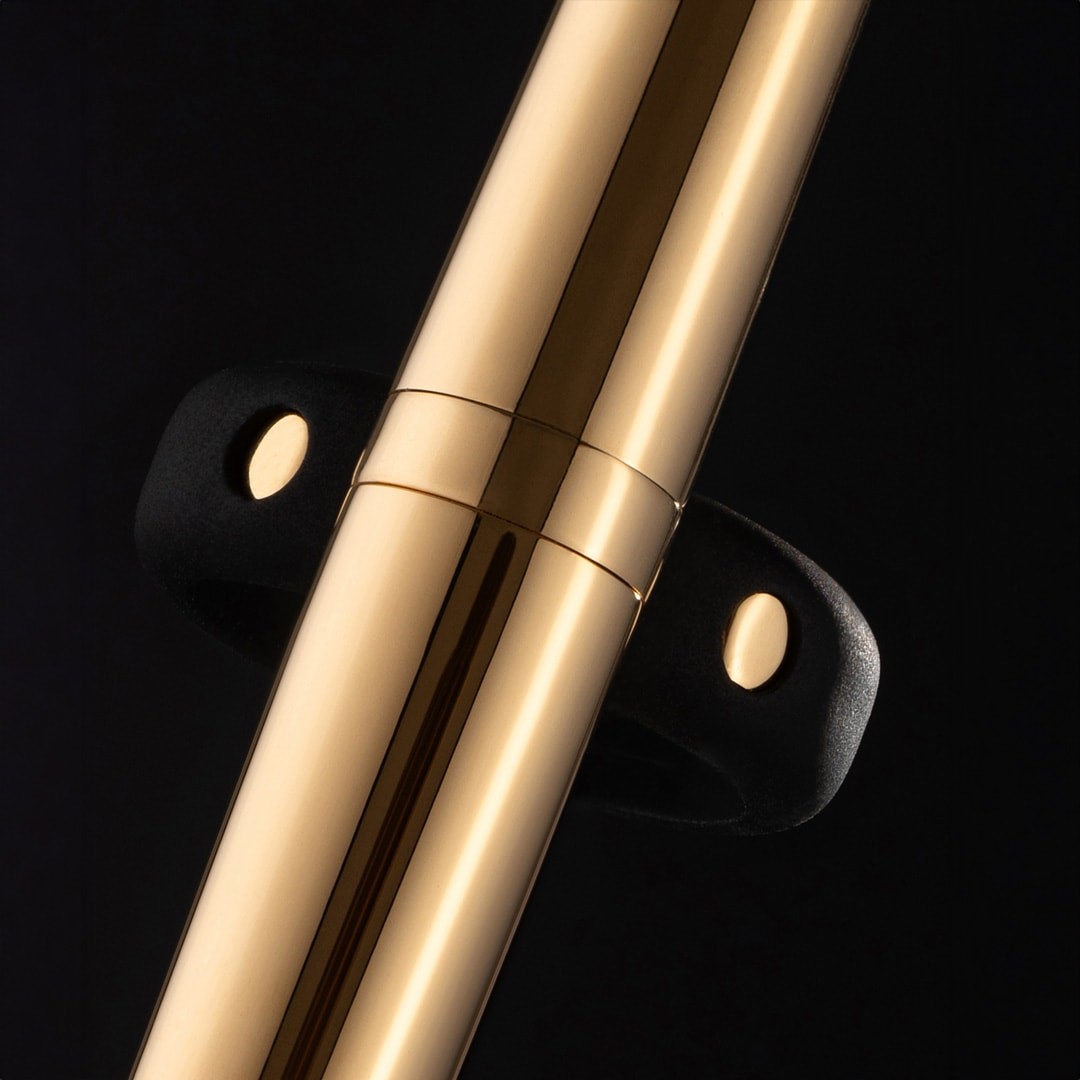
A striking piece of engineering
The Tease ring is a striking piece of design and an even more striking piece of engineering. At its core, the vibrator consists of a battery pack, a motor, and a “very, very, very tiny [circuit] board,” says Chang. The circuit board is so tiny that if you were to place it next to a dime, it would look like the dainty button of a baby’s onesie. It is so tiny, in fact, that just a few years ago, it didn’t exist. (For reference, Apple’s first generation AirPods, which likely came with a similarly sized circuit board, didn’t launch until December 2016, and Chang has been developing Tease since the early 2010s.)
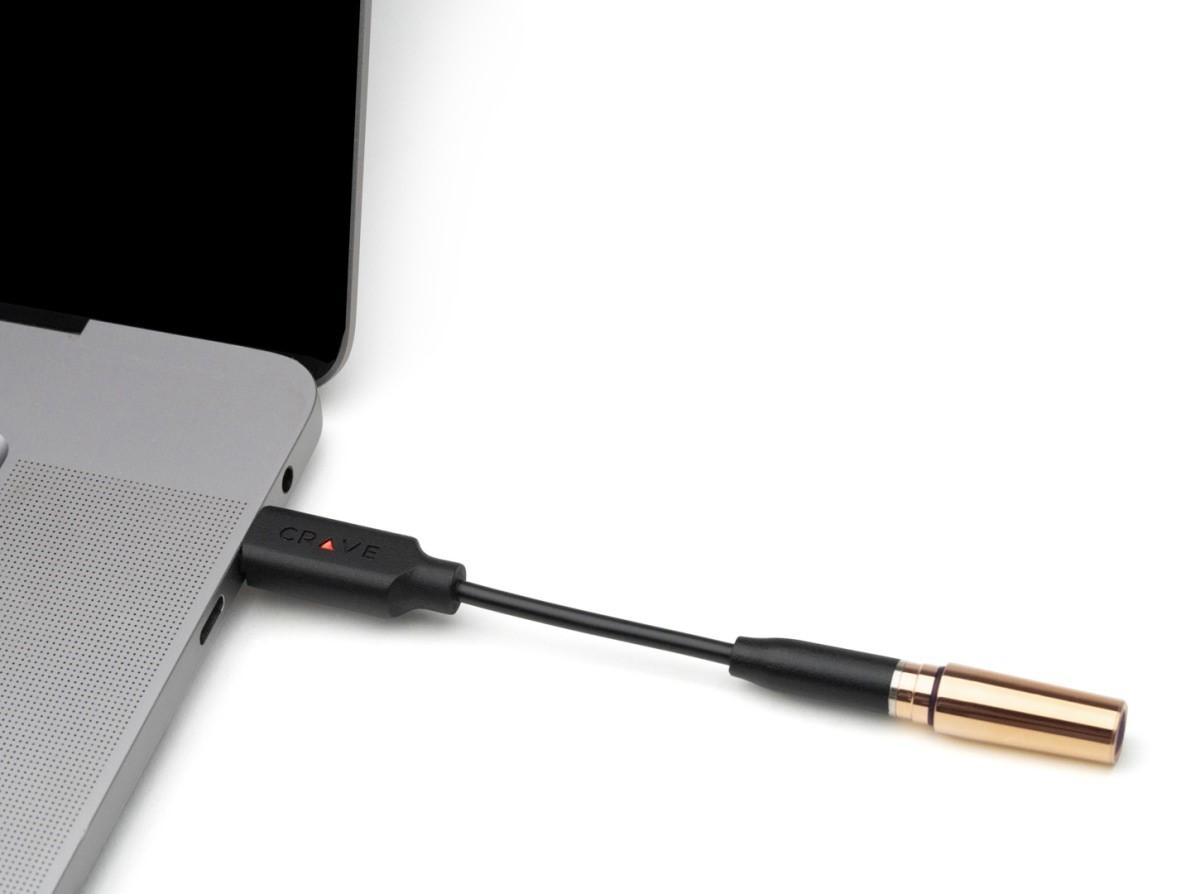
As a result, the first iteration of the ring looked nothing like it does today. First, the ring was three times its current size. Second, it wasn’t bullet-shaped but more of an organic form that was so voluminous it had to be supported by a double ring finger. “But even to get to that point took several years because we had to test out the idea of having two finger rings,” Chang tells me.
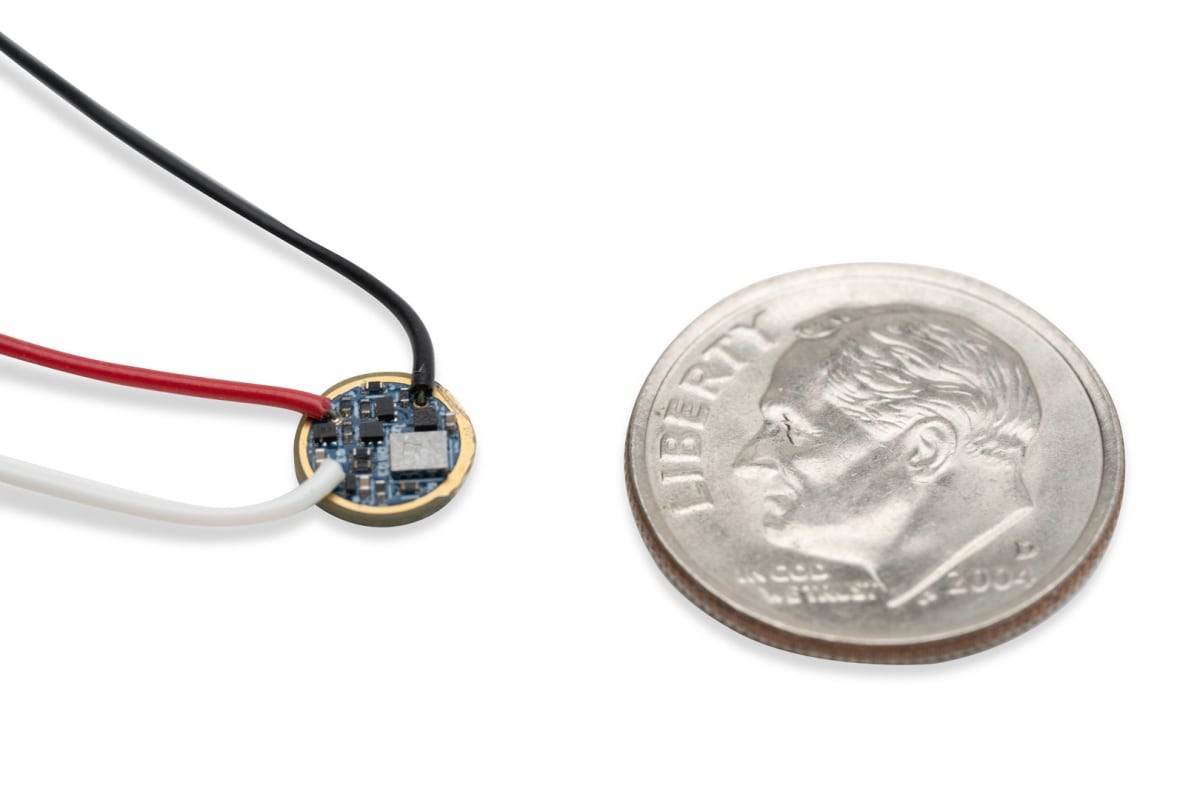
All of this was before Vesper, which is about half a millimeter wider in diameter than Tease. That may seem like a negligible distinction, but that half a millimeter was the difference between one product being manufactured in 2013 and the other one not. “When working with microelectronics, each 0.1 millimeter gets exponentially harder because when you make those components, they all have tolerances, they have to stack nearly perfectly, and any deviation from that can impact everything else,” says Chang.
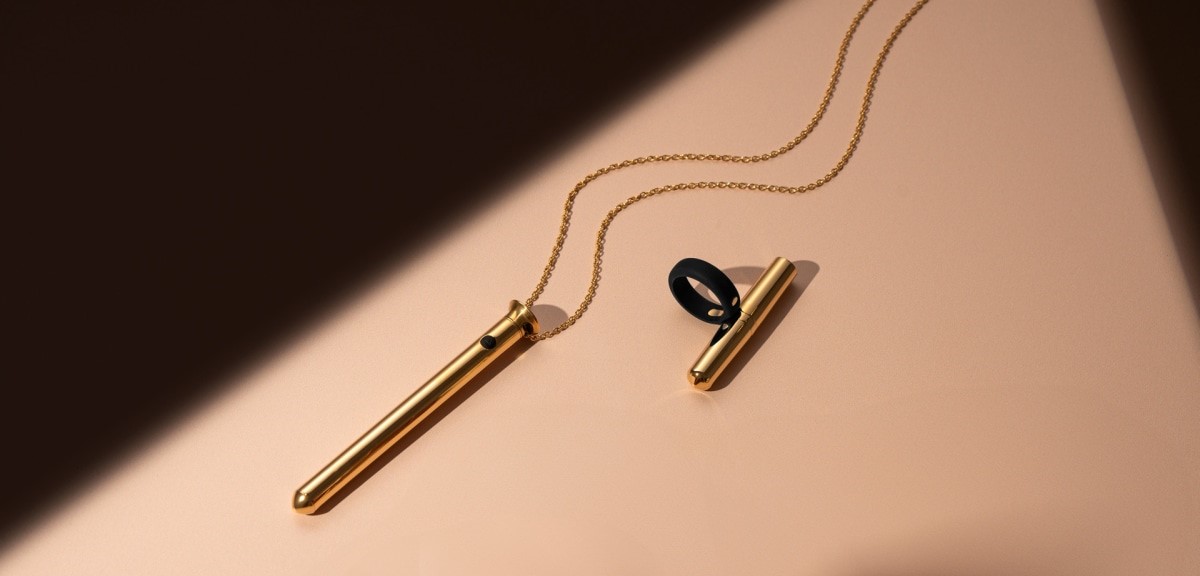
Eventually, Chang’s team landed on a form that was inspired by their learnings with Vesper, namely a slender bullet. It took additional finesse to ensure that Tease was whisper quiet and that the vibrations didn’t spread through your entire hand. The ring comes with four vibration modes, including a turbo mode that Vesper doesn’t have.
For now, it’s launching as a limited edition of 100 rings (split evenly between gold and silver models) with 500 more rings available for shipping within a few weeks. Every ring is designed and manufactured at Crave’s own micro-factory in San Francisco. “We don’t mind making fewer and finer things, and that’s one of the reasons why we are working in small batches right now,” says Chang.
The designer declined to share how many Vespers Crave has sold over the past 10 years, but considering it was worn by both Madonna and Janet Jackson, it’s safe to say the necklace achieved cult status. In fact, the necklace has been so successful that Crave filed an intellectual property infringement lawsuit in 2022 against a company that copied Vesper’s design. (The lawsuit was settled late last year.)
Whether or not Tease reaches similar heights remains to be seen, but I wouldn’t be surprised if it cements the value of pleasure jewelry within the ever-evolving landscape of the sexual wellness market. “I have personally observed how jewelry creates this emotional experience in people—it has this power to boost confidence, and it helps you express your own style,” says Chang. “I want to see more consumer products and product design with that kind of emotional consideration.”
(8)

